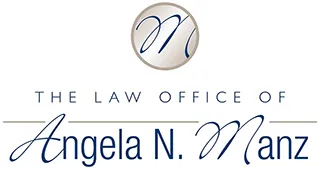What Are The Rules For Naming A Beneficiary For Your 401(K)?

When you sign up for a 401(k) plan administered through your work, you will be asked to name beneficiaries. These are people who would inherit the account if you passed away. It is often overlooked once someone has created this account because it is important to come back and update this material as your life needs change. You will be asked to name two different kinds of beneficiaries.
The first is a primary beneficiary, and this person is your first choice to receive assets inside the 401(k). The primary beneficiary is usually your spouse if you’re married unless you specify otherwise.
Contingent beneficiaries are one or more backup beneficiaries who are eligible to receive the assets inside the 401(k) if your primary beneficiary passes away or declines to accept that inheritance.
You can name multiple people in each category. If you pass away without naming beneficiaries on your 401(k) account, the 401(k) will usually end up in probate court. This can be a very slow and expensive way to distribute your assets and possibly the last thing you want your beneficiaries to deal with. Naming 401(k) beneficiaries is strongly recommended to make the asset transfer process simple.
If you’re single, you’re able to name almost any entity you want as your beneficiary, but review them periodically to keep it current. If you’re married, your spouse will receive 100% of your 401(k) if you have not designated the beneficiary when you pass away. You will usually need your spouse’s permission to pass on your 401(k) to someone other than your spouse.
Remember that if you choose to name your children as your primary beneficiary of your 401(k), if they are minors, they cannot inherit it directly, meaning that a guardian must be appointed to oversee the use of the funds inside the account.
Talk to a Virginia Beach lawyer about how this beneficiary designation fits into your broader estate planning.
